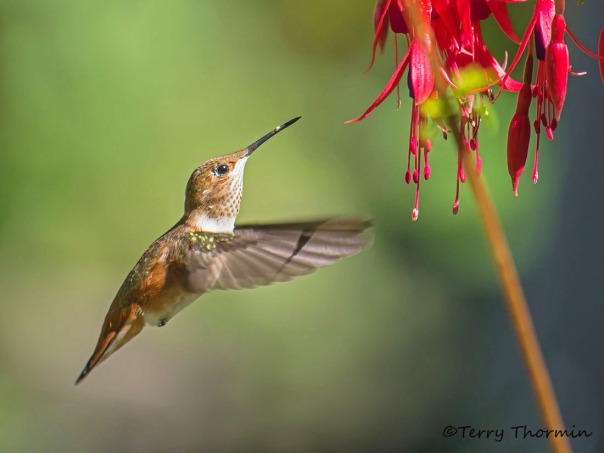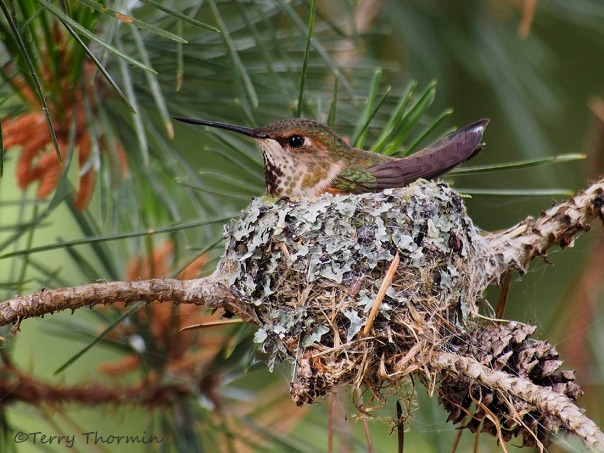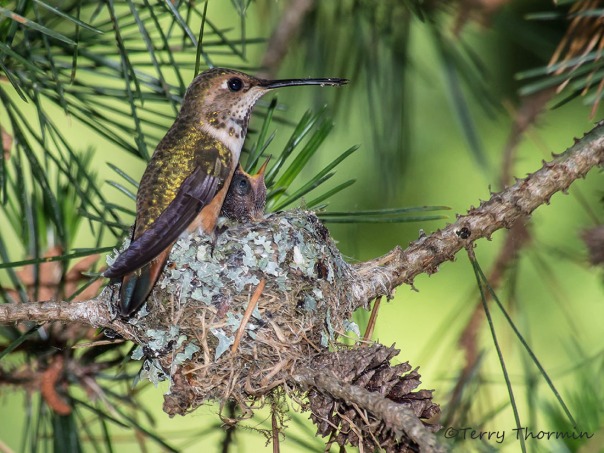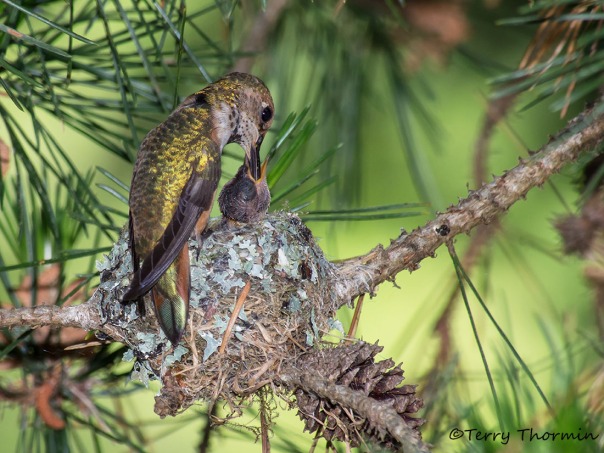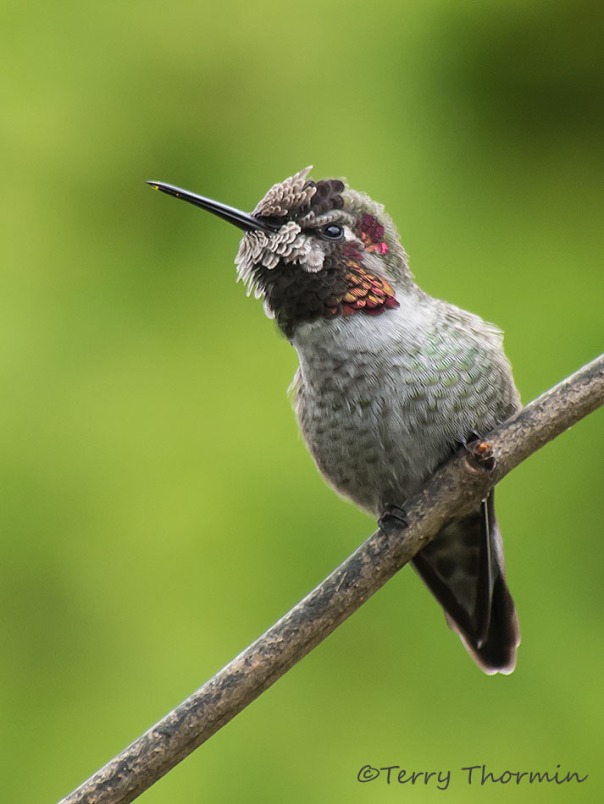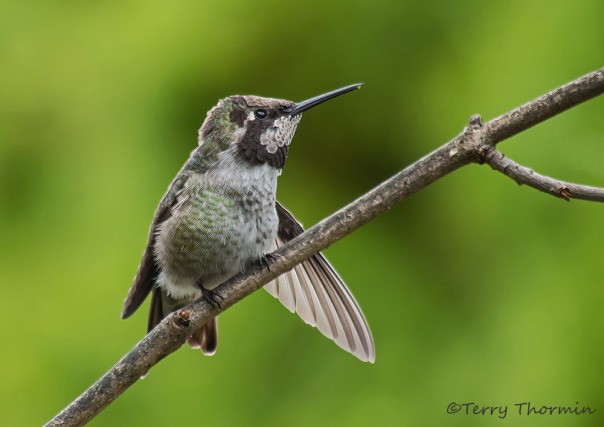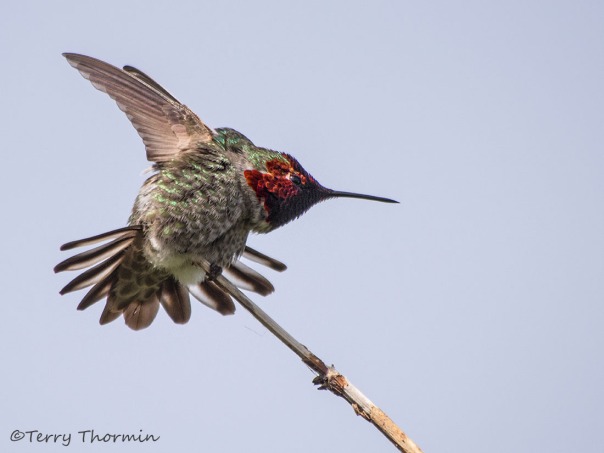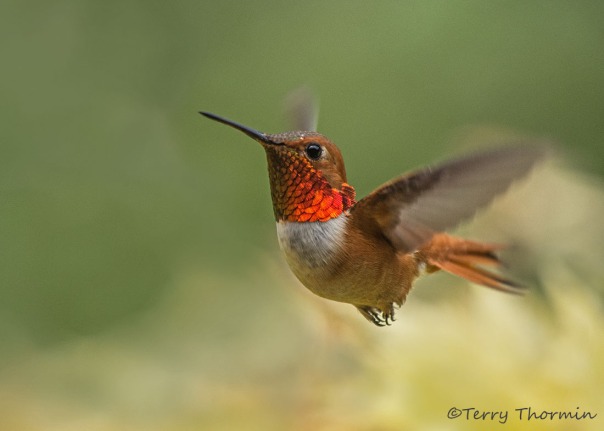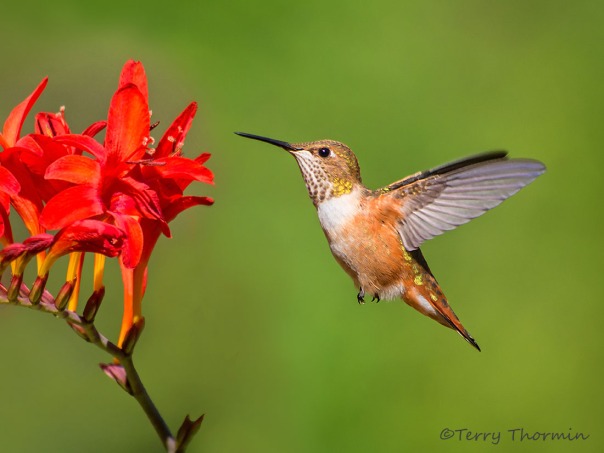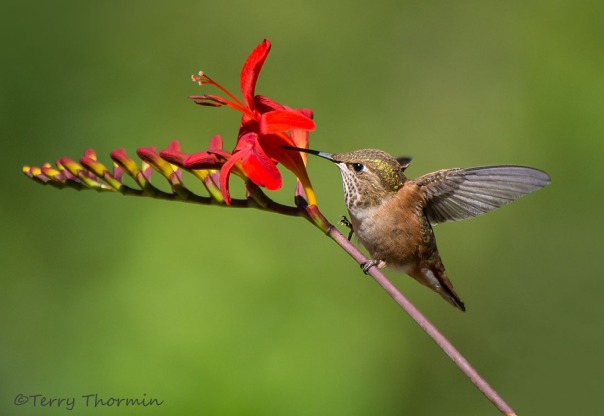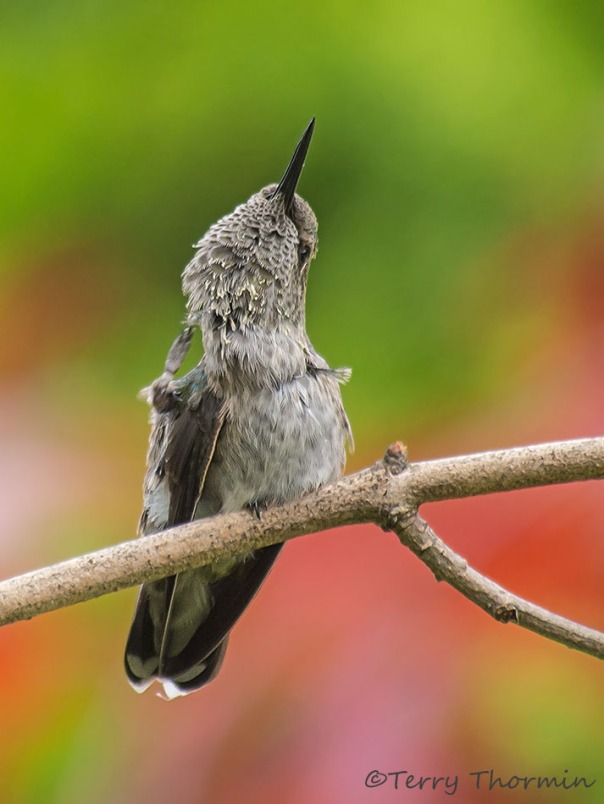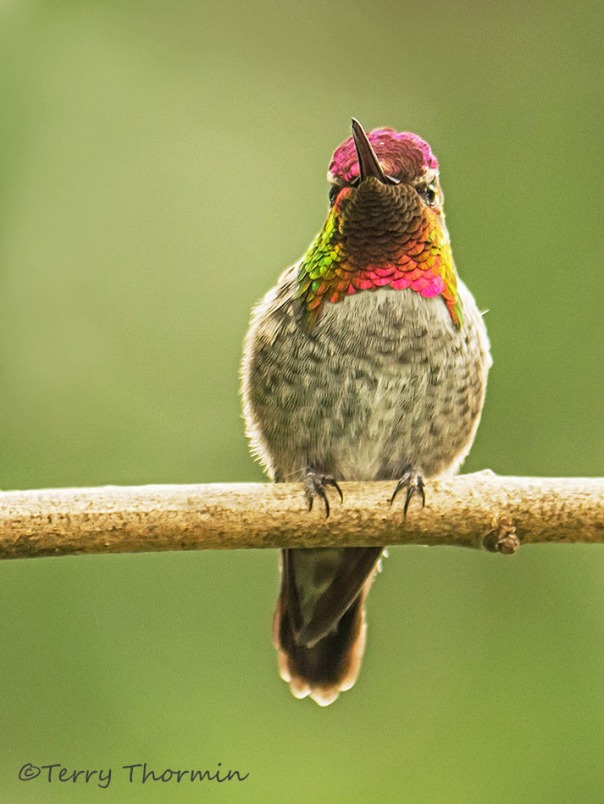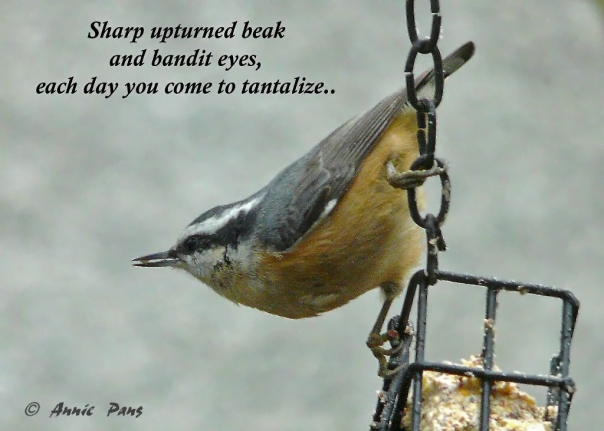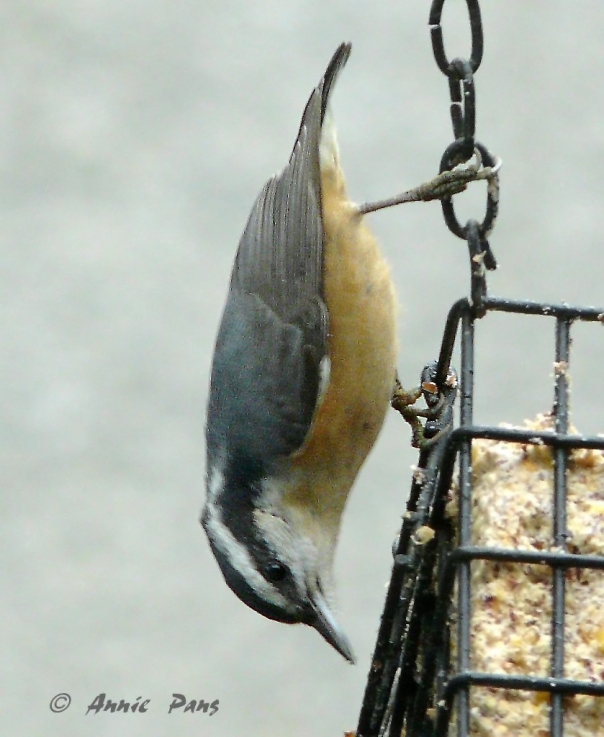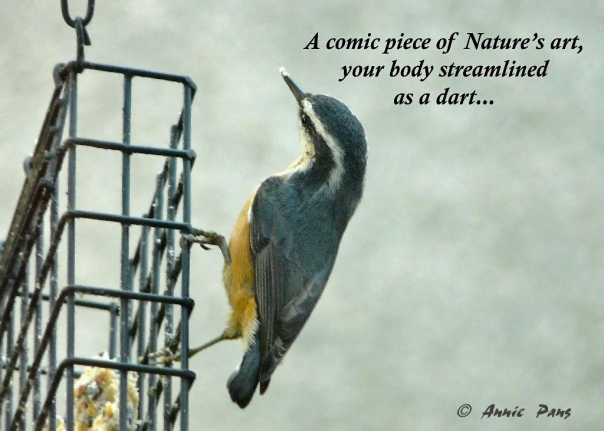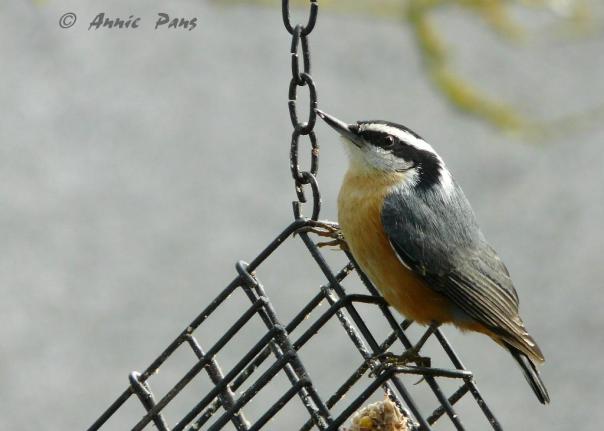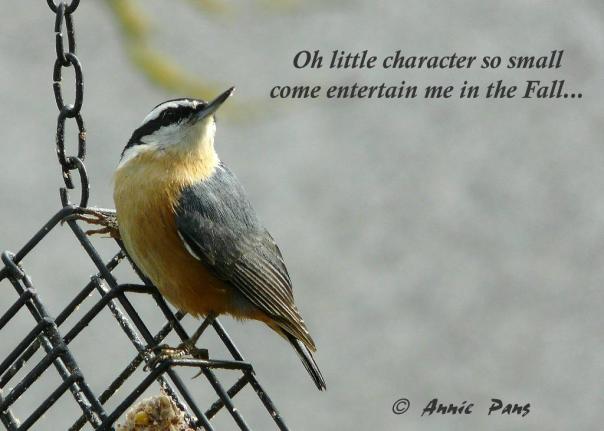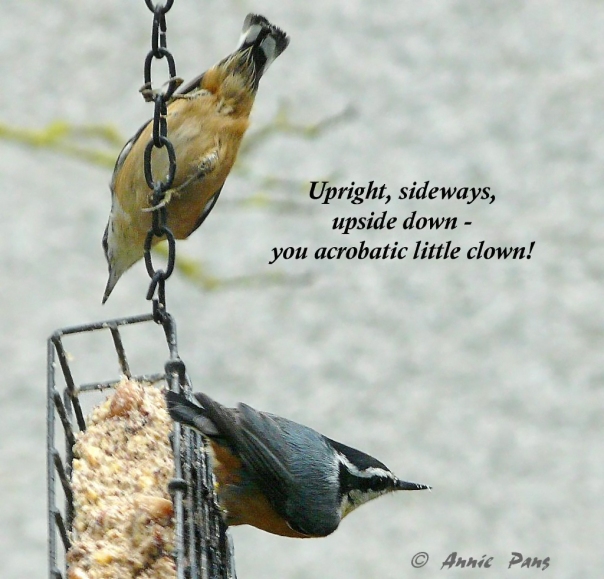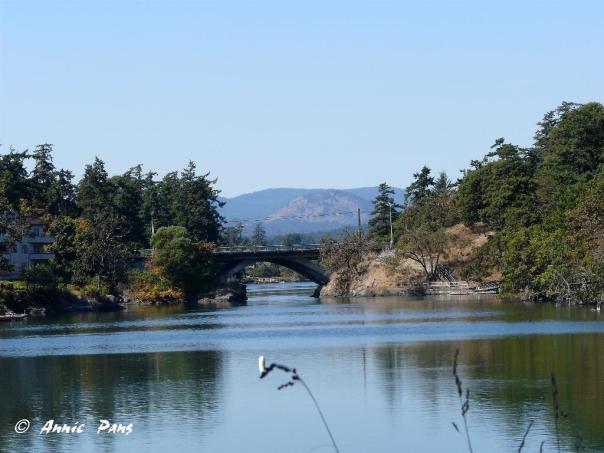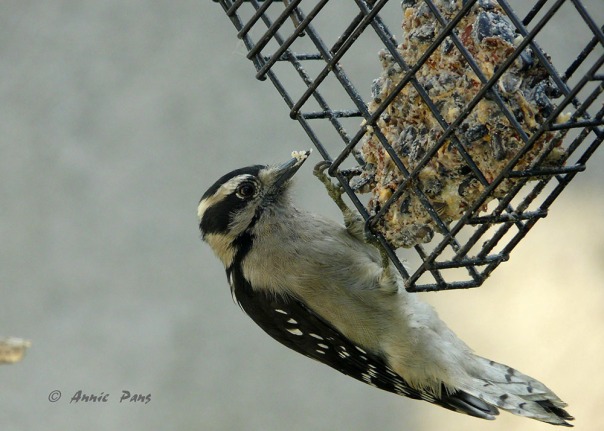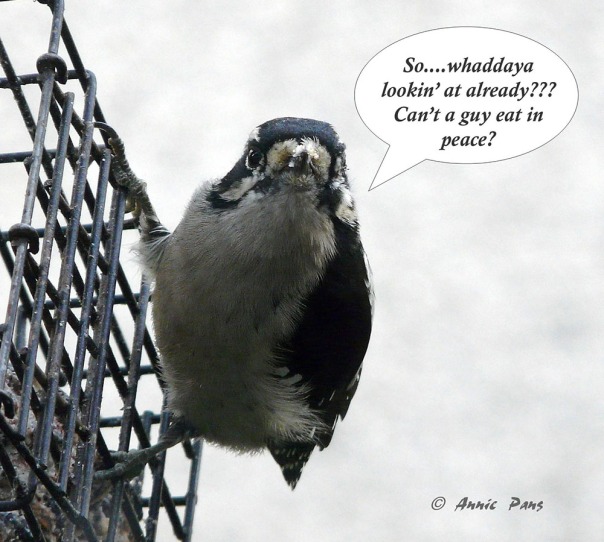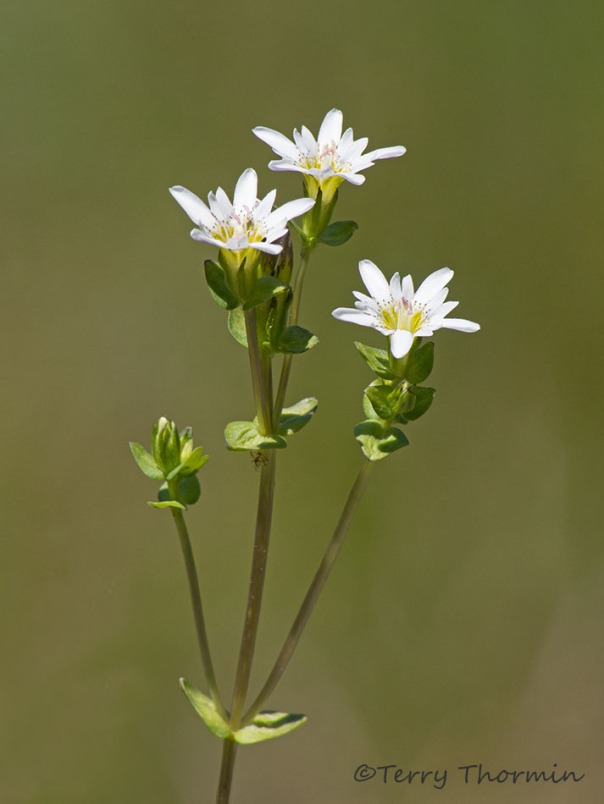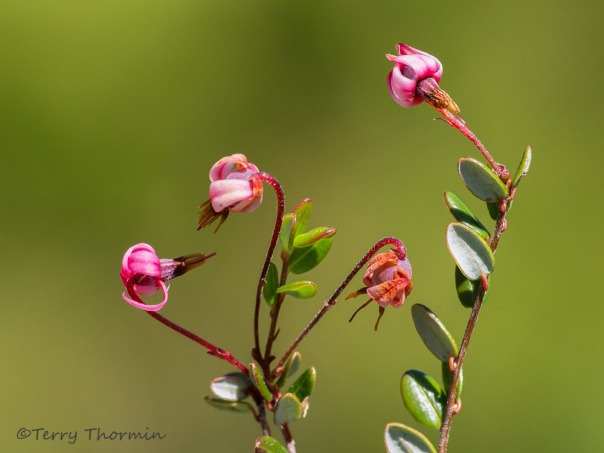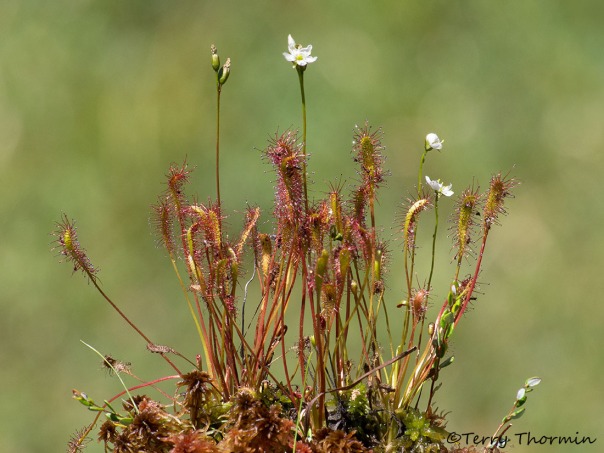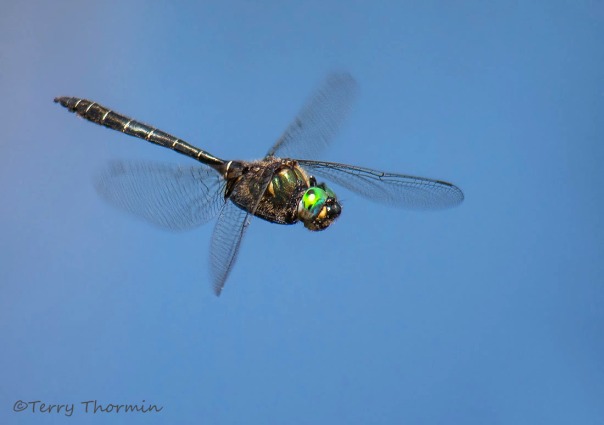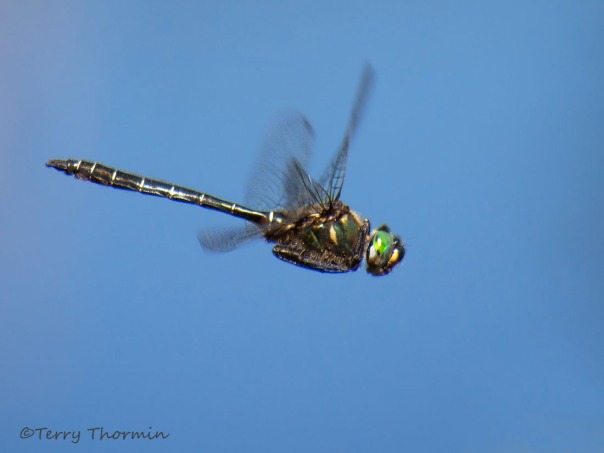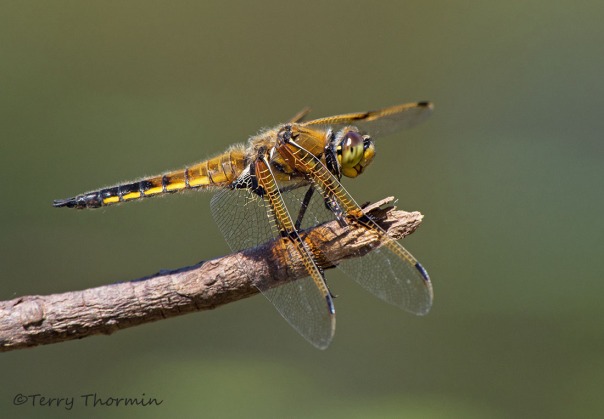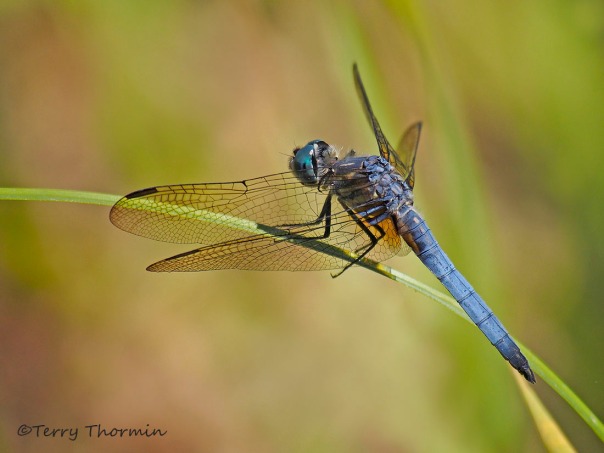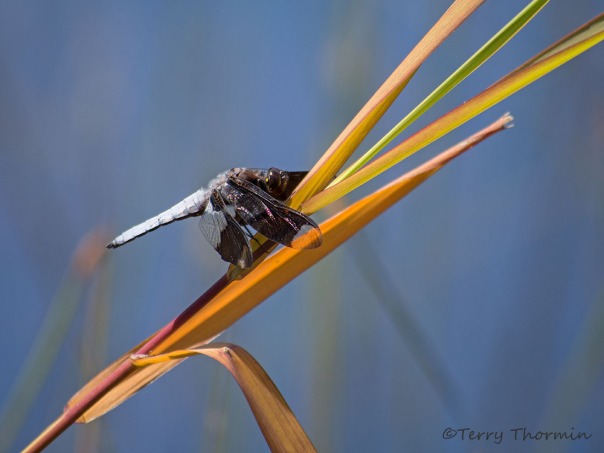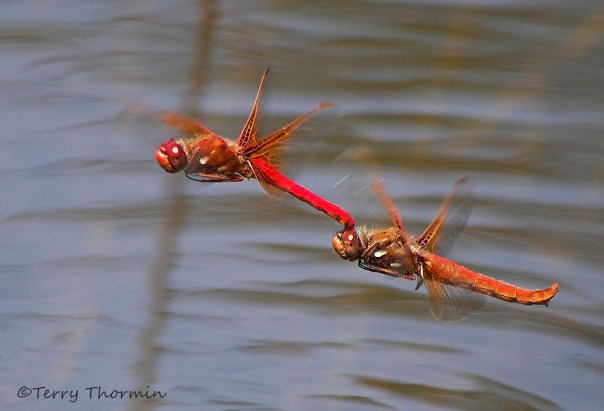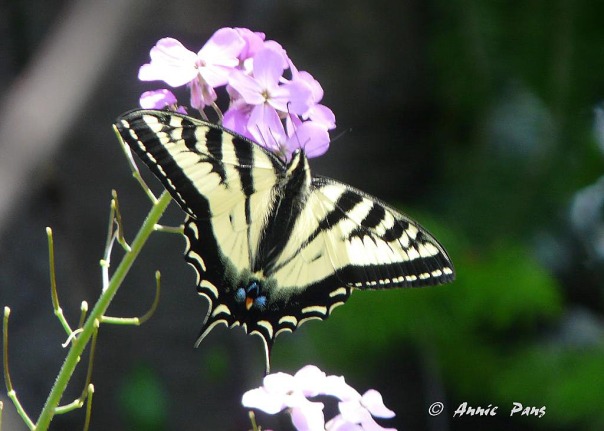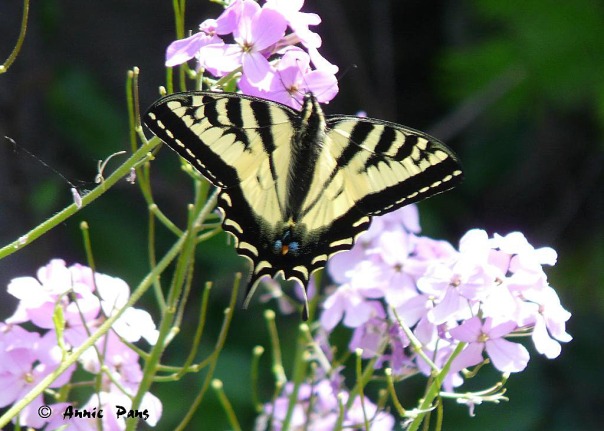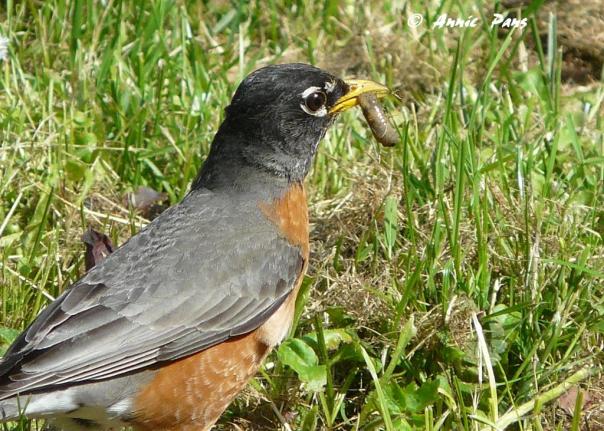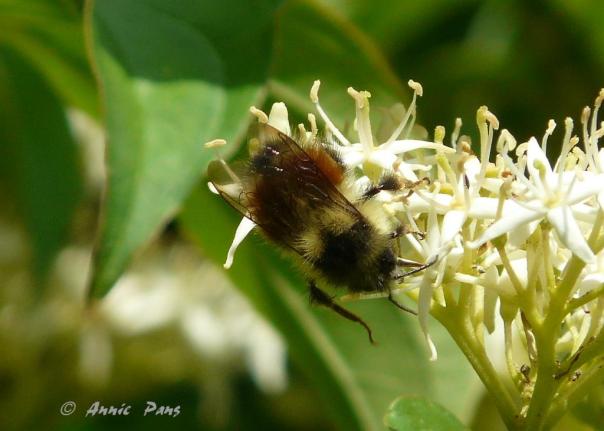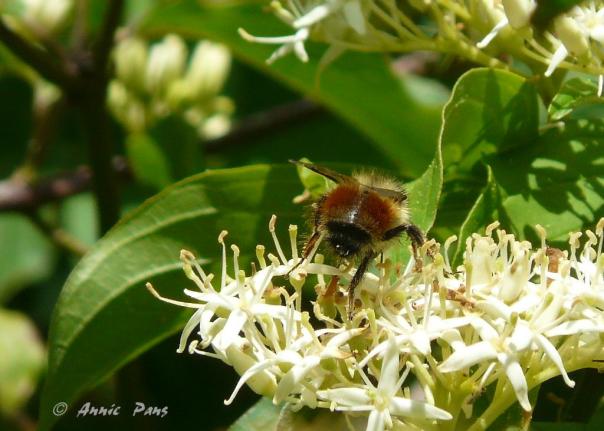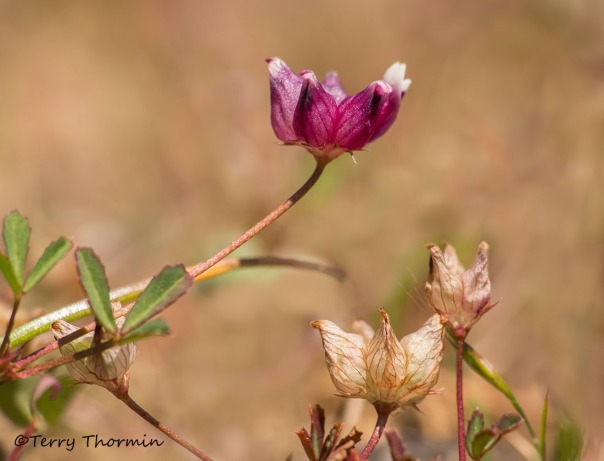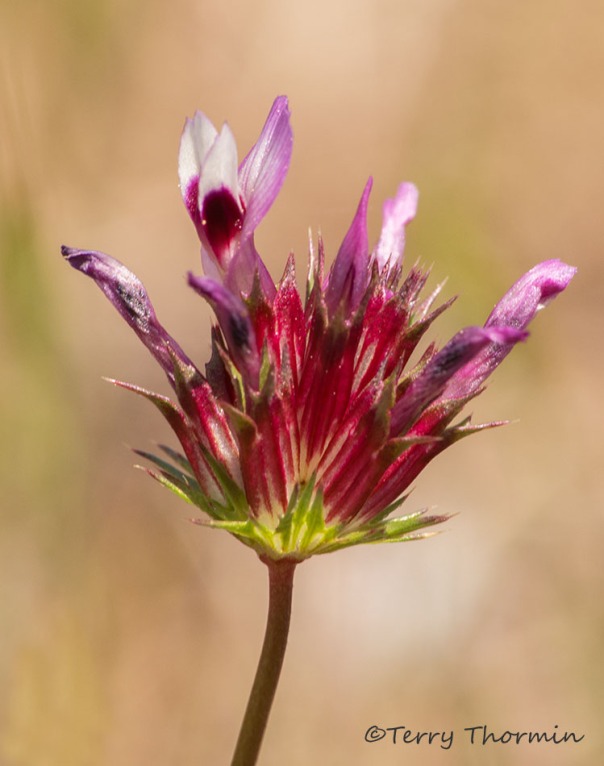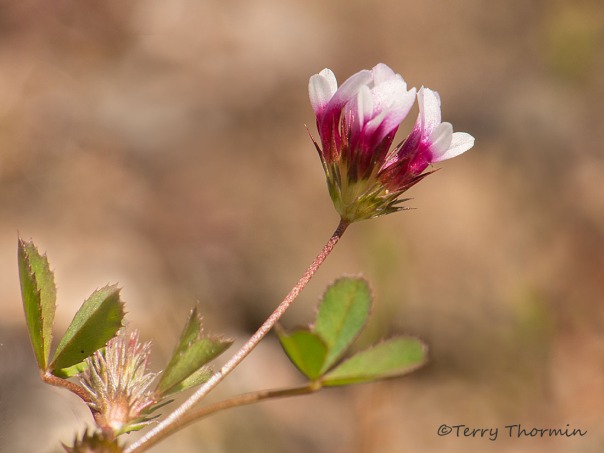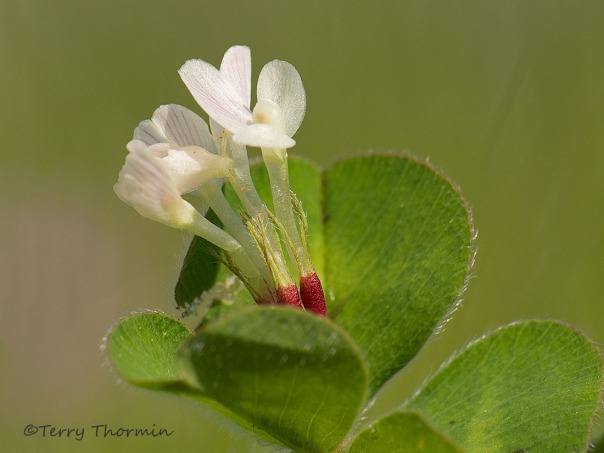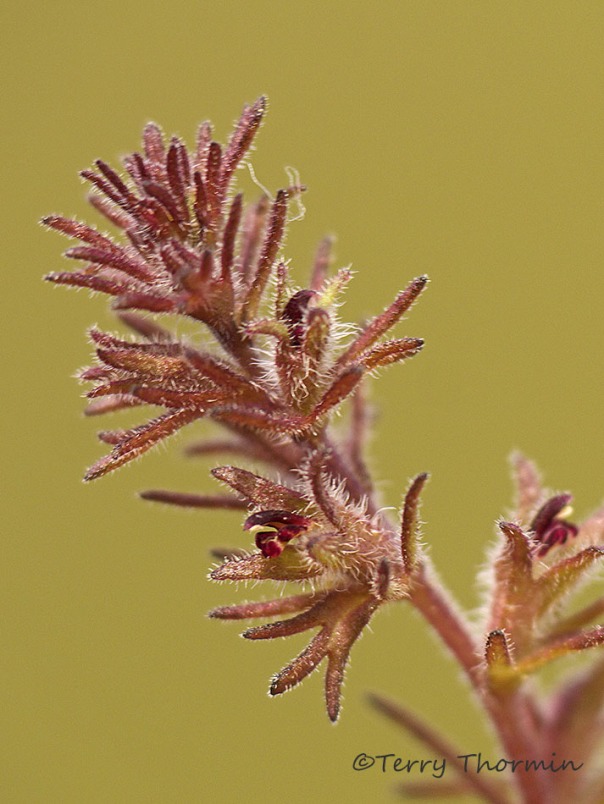I know, this is not Vancouver Island, but I just couldn’t resist. I spent 23 days in Costa Rica back in 2008. At that time my camera was a point-and-shoot Canon Powershot S5 IS. I also had a Canon 430EX flash that was used on many of my shots. My main purpose of the trip was the photography and for this reason I did not go with a group, but rather on my own. I also only visited three lodges, Selva Verde in the lowlands for 6 days, Rancho Naturalista at middle elevation for 9 days and Savegre Mountain Lodge at high elevation for 8 days.
After getting back home I processed the images to the best of my, and the software’s ability and posted them on my site on Pbase. In 2011 I switched to Smugmug and ended up reworking some of the images at that time. Just recently I was looking at my images on Smugmug and I realized that there were some that I knew I could improve. The software (I use Photoshop Elements) has improved greatly, and so has my ability. Ultimately most of the images were reworked at least a little, and some quite dramatically. In fact a few of my favorite images are ones that I had totally rejected at first and this go around I was able to make them look much better.
I had intended to keep the images to 10, but when I had narrowed it down to 14 I was really struggling to eliminate any more, so I decided to keep them all. So here they are with some notes. Hope you enjoy and if you want to see more of my Costa Rica images look at my slideshow gallery here: https://terrythormin.smugmug.com/CostaRica/Costa-Rican-Slideshow/The-Best-of-Costa-Rica/ .
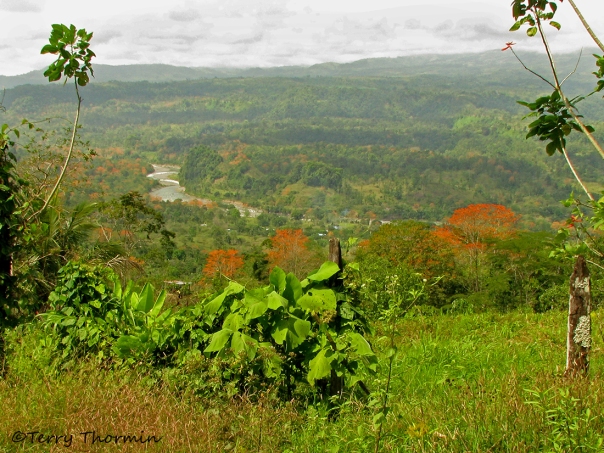 This is a view from the highway between San Jose and Selva Verde, my first stop. It is the Central Highlands looking down into the Sarapiqui River Valley. The orange trees are Mountain Immortelle Trees, Erythrina poeppigiana, and are a favorite of hummingbirds and tanagers.
This is a view from the highway between San Jose and Selva Verde, my first stop. It is the Central Highlands looking down into the Sarapiqui River Valley. The orange trees are Mountain Immortelle Trees, Erythrina poeppigiana, and are a favorite of hummingbirds and tanagers.
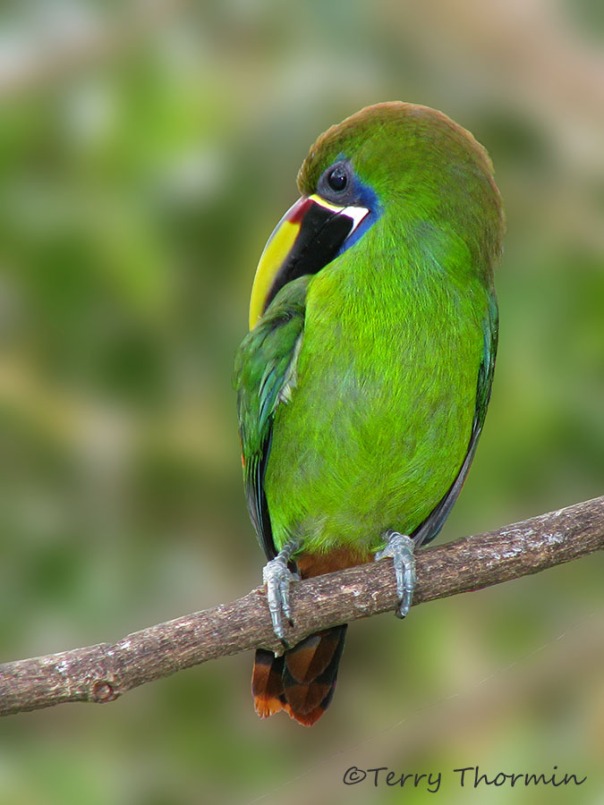 This Emerald Toucanet was photographed at Chinchona, a small town in the Central Highlands about half way between San Jose and Selva Verde. An enterprising local set up a platform and bird feeders that attract a good variety of birds and this has become a regular stop for birders and photographers.
This Emerald Toucanet was photographed at Chinchona, a small town in the Central Highlands about half way between San Jose and Selva Verde. An enterprising local set up a platform and bird feeders that attract a good variety of birds and this has become a regular stop for birders and photographers.
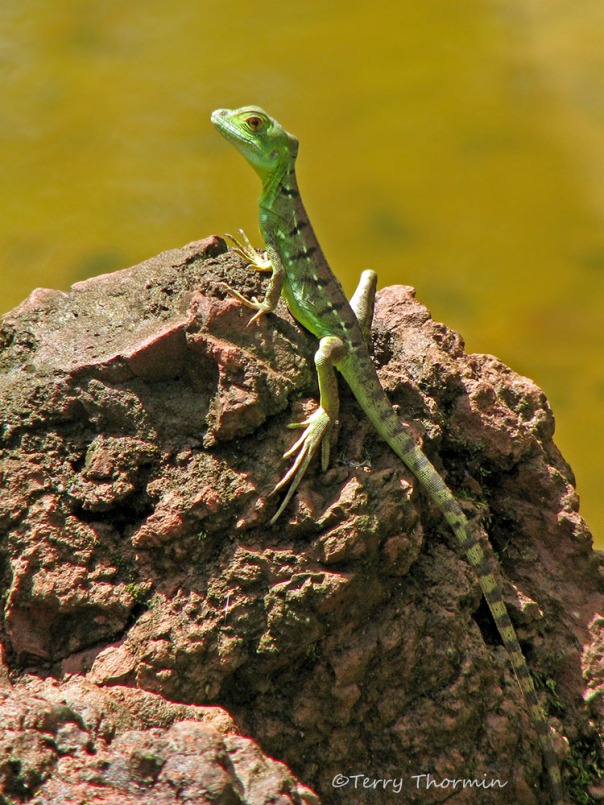 This is a young Green Basalisk Lizard, also know as the Jesus Christos Lizard for it’s ability to run across water. Check out the very long toes on the hind feet. This was a very common lizard at Selva Verde, especially along the shores of the Sarapiqui River.
This is a young Green Basalisk Lizard, also know as the Jesus Christos Lizard for it’s ability to run across water. Check out the very long toes on the hind feet. This was a very common lizard at Selva Verde, especially along the shores of the Sarapiqui River.
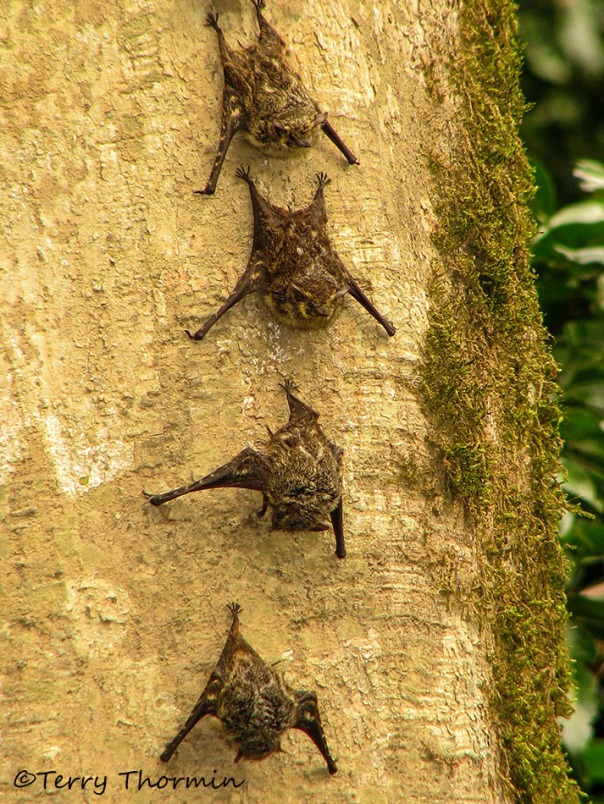 I took a couple of boat trips along the Sarapiqui River and saw a good variety of wildlife. One of the highlights for me though was these little Long-nosed Bats. They roost during the day in vertical rows on tree truncks overhanging the river. Most of the time they are so well camouflaged against the bark of the tree they are almost impossible to see. This was the one time they stuck out like a sore thumb.
I took a couple of boat trips along the Sarapiqui River and saw a good variety of wildlife. One of the highlights for me though was these little Long-nosed Bats. They roost during the day in vertical rows on tree truncks overhanging the river. Most of the time they are so well camouflaged against the bark of the tree they are almost impossible to see. This was the one time they stuck out like a sore thumb.
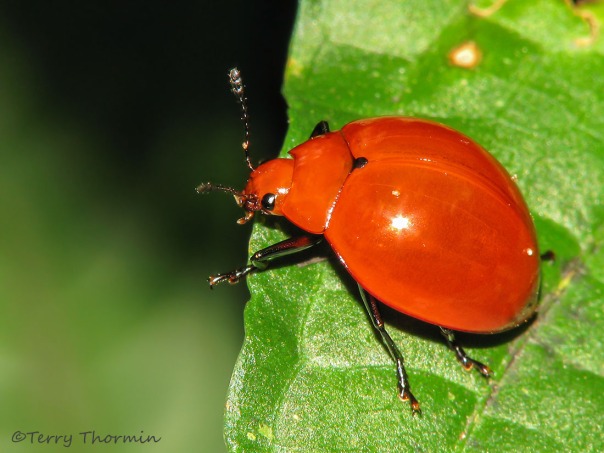 This is a Red Potato Beetle, Leptinotarsa rubiginosa. I spent a fair bit of time looking for interesting insects at all three lodges. At Selva verde, because many of the trails were elevated, and covered boardwalks. it was easy to go out looking even in the rain or at night.
This is a Red Potato Beetle, Leptinotarsa rubiginosa. I spent a fair bit of time looking for interesting insects at all three lodges. At Selva verde, because many of the trails were elevated, and covered boardwalks. it was easy to go out looking even in the rain or at night.
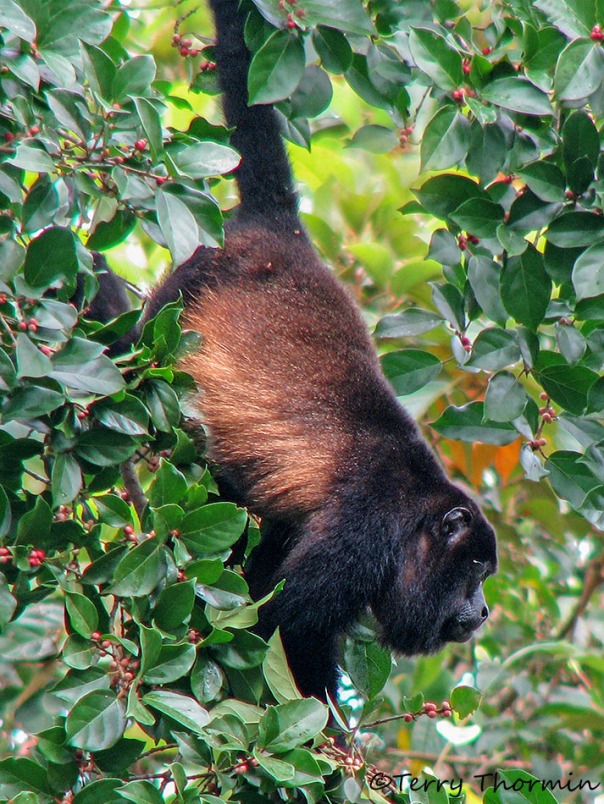 Although Mantled Howler Monkeys were quite common at Selva Verde, they managed to hide very well in the tree tops, and I heard them far more often than I saw them. On this one occasion a small troop of them came out to the trees right beside the main road that runs past the lodge and I managed to get a series of photos including this shot.
Although Mantled Howler Monkeys were quite common at Selva Verde, they managed to hide very well in the tree tops, and I heard them far more often than I saw them. On this one occasion a small troop of them came out to the trees right beside the main road that runs past the lodge and I managed to get a series of photos including this shot.
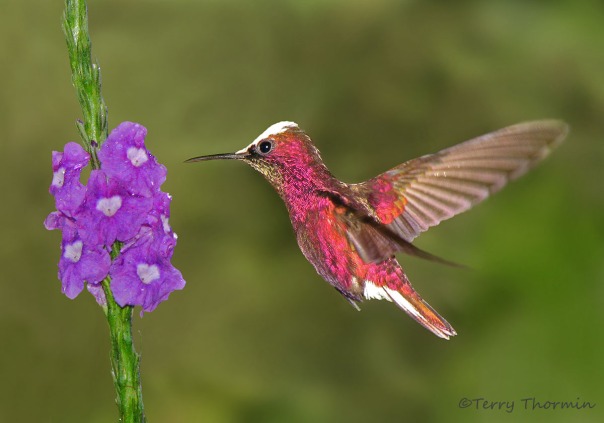 One of the highlights among the hummingbirds was the Snowcap. This pretty little hummer is endemic to southern Nicaragua, Costa Rica and western Panama. Here it is feeding at Porterweed, a native plant that is commonly used as hedges and is closely related to verbena. The best place for this species is Rancho Naturalista
One of the highlights among the hummingbirds was the Snowcap. This pretty little hummer is endemic to southern Nicaragua, Costa Rica and western Panama. Here it is feeding at Porterweed, a native plant that is commonly used as hedges and is closely related to verbena. The best place for this species is Rancho Naturalista
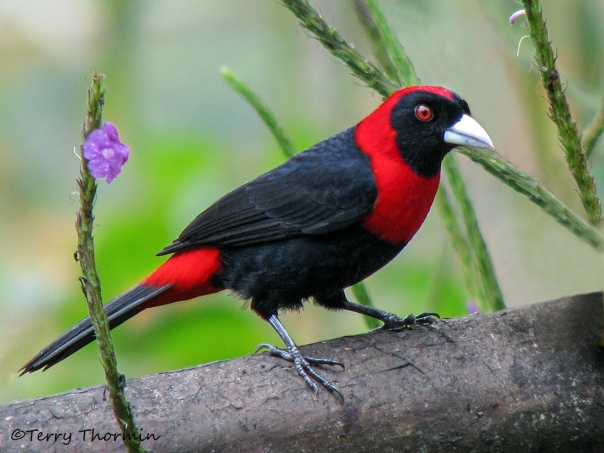 When I was planning the trip, the one place I was adamant I was going to visit was Rancho Naturalista. That’s because I had heard of the bird feeder setup there and had seen many photos taken of birds at the feeders. This is a Crimson-collared Tanager, a regular visitor to the feeders.
When I was planning the trip, the one place I was adamant I was going to visit was Rancho Naturalista. That’s because I had heard of the bird feeder setup there and had seen many photos taken of birds at the feeders. This is a Crimson-collared Tanager, a regular visitor to the feeders.
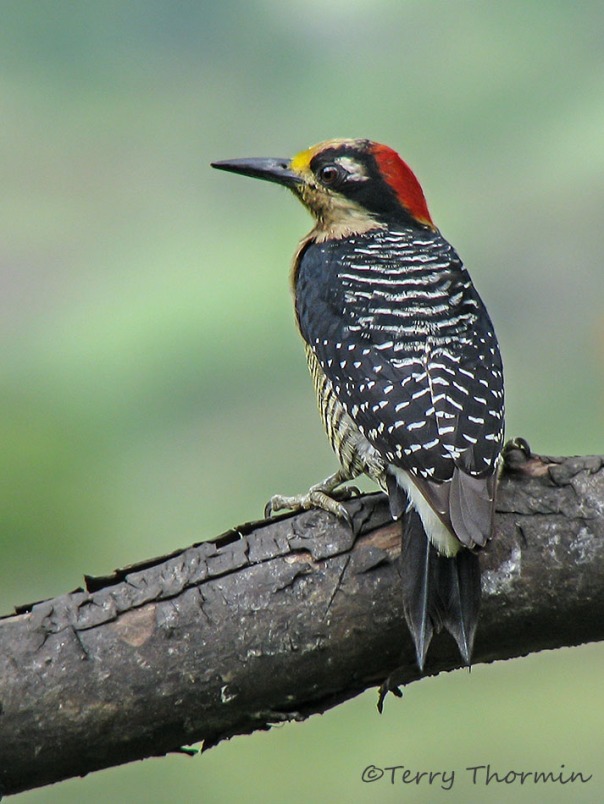
Another frequent visitor to the Rancho Naturalista bird feeders was the Black-cheeked Woodpecker. This photo was originally a total reject until I looked at it recently and realized that I could easily clean up the messy background.
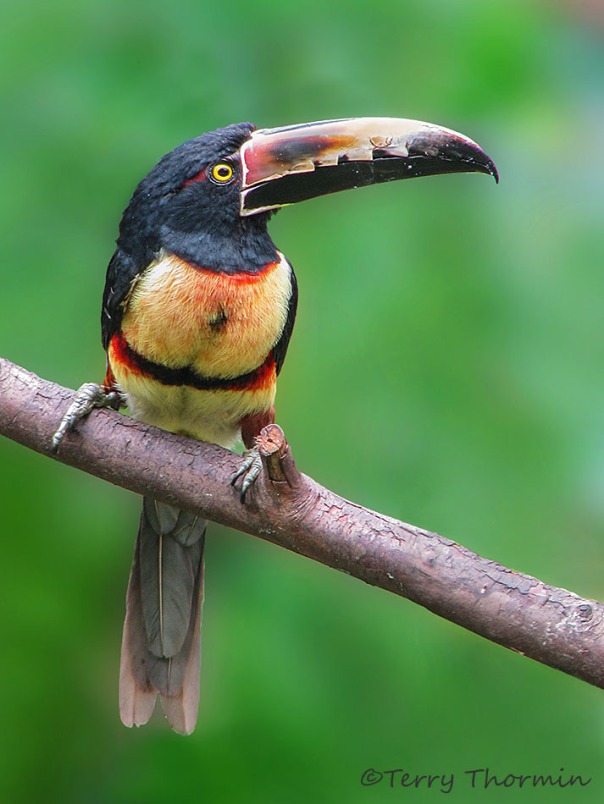 I love the toucans, with their large colourful bills. This is a Collared Aracari, a smaller member of the toucan family and a regular at the feeders at Rancho Naturalista.
I love the toucans, with their large colourful bills. This is a Collared Aracari, a smaller member of the toucan family and a regular at the feeders at Rancho Naturalista.
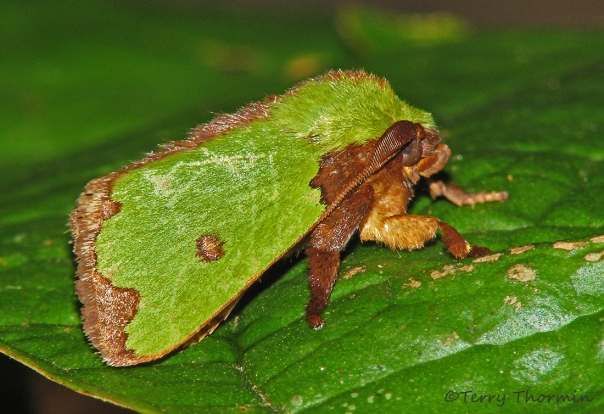 I have never been able to put a name to this beautiful little moth. Another reason Ranch Naturalist appealed to me is their black light setup for attracting insects at night. Not only does it bring in some great insects like this moth, but it also attracts a number of species of birds that feed on the insects and don’t go to the regular feeders.
I have never been able to put a name to this beautiful little moth. Another reason Ranch Naturalist appealed to me is their black light setup for attracting insects at night. Not only does it bring in some great insects like this moth, but it also attracts a number of species of birds that feed on the insects and don’t go to the regular feeders.
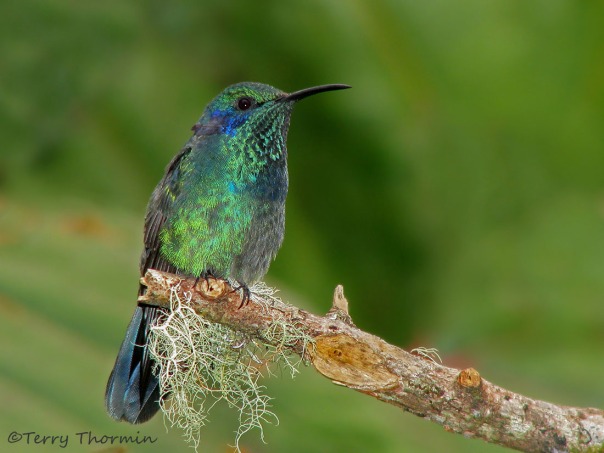 I really enjoyed trying to photograph the hummingbirds, and in the end I got photos of 23 species. This is the Violet-green Hummingbird, I high elevation species in Costa Rica that I photographed at Savegre Mountain Lodge. This species has wandered as far north as southern Canada.
I really enjoyed trying to photograph the hummingbirds, and in the end I got photos of 23 species. This is the Violet-green Hummingbird, I high elevation species in Costa Rica that I photographed at Savegre Mountain Lodge. This species has wandered as far north as southern Canada.
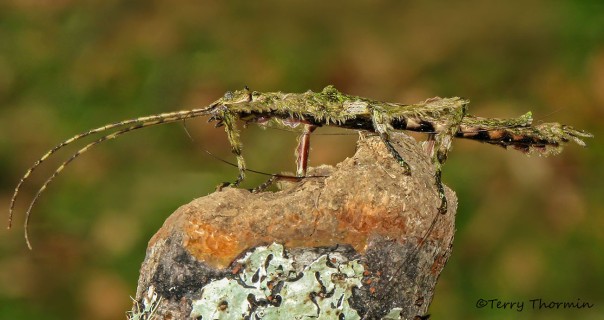 When I first saw this walking stick, I thought “Wow, this is bizarre”, and I still think the same. It really looked like it was covered in moss, and I am not at all convinced that this is natural. I would really love to hear from an expert as to what is going on here. Again photographed at Savegre Mountain Lodge.
When I first saw this walking stick, I thought “Wow, this is bizarre”, and I still think the same. It really looked like it was covered in moss, and I am not at all convinced that this is natural. I would really love to hear from an expert as to what is going on here. Again photographed at Savegre Mountain Lodge.
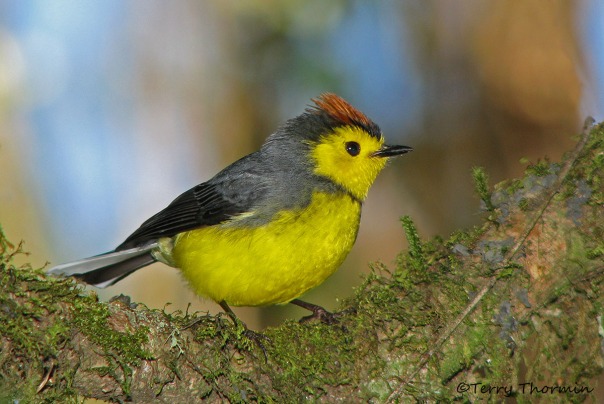 My last photo is a Collared Redstart, a species of tropical warbler. One of my favorite trip birds, it was oblivious to my presence, and several times I found myself backpeddling because it was too close for the camera to focus. This is another high altitude species found at Savegre Mountain Lodge.
My last photo is a Collared Redstart, a species of tropical warbler. One of my favorite trip birds, it was oblivious to my presence, and several times I found myself backpeddling because it was too close for the camera to focus. This is another high altitude species found at Savegre Mountain Lodge.

